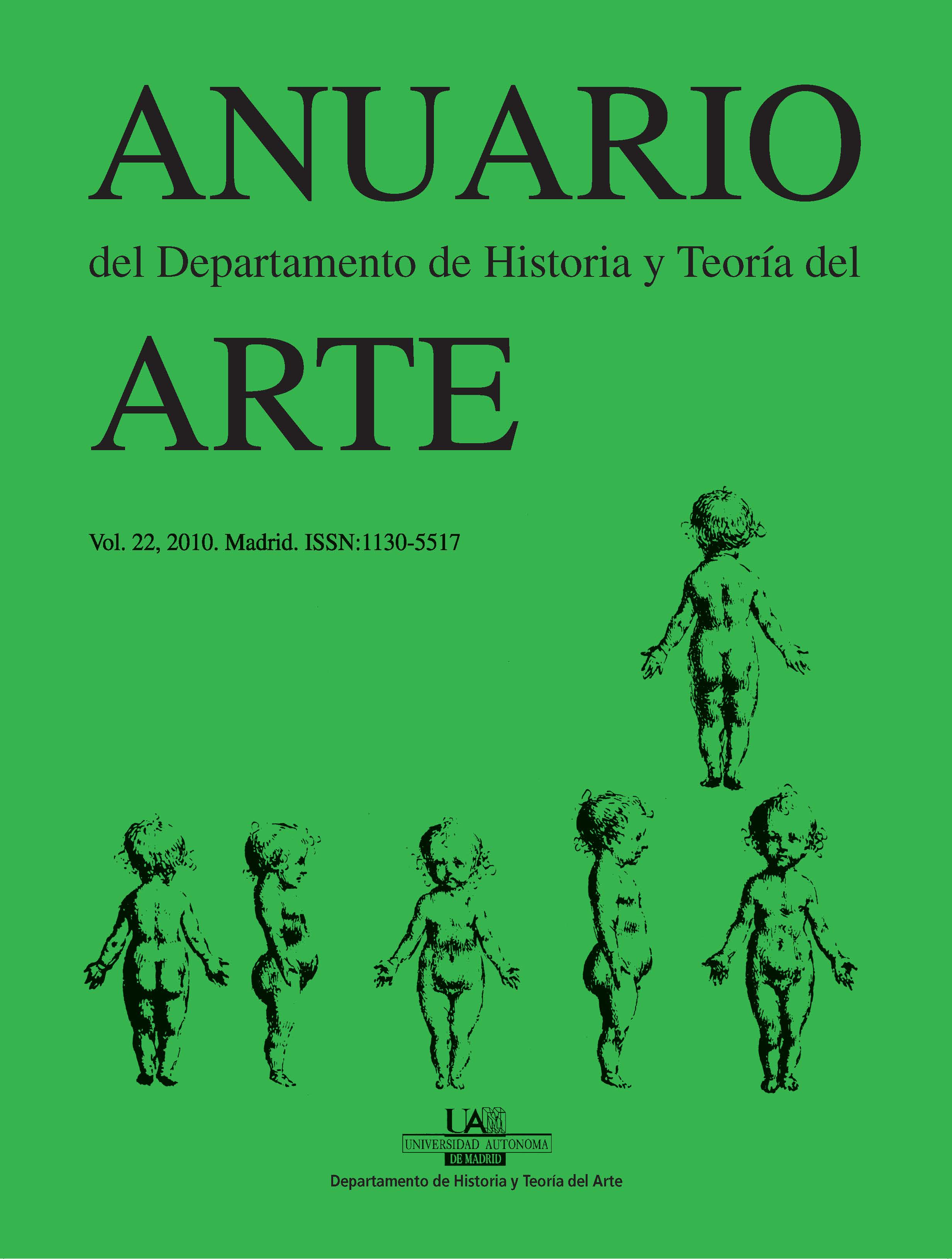The Apocalypse of Juan Ricci de Guevara. Literacy and iconographical artistry as mystico-theological argument for Mary's Immaculate Conception in Immaculatae Conceptionis Conclusio (1663)
Keywords:
Emblematics, 17th Century, Immaculate Conception, Mysticism, ApocalypseCopyright (c) 2015 Anuario del Departamento de Historia y Teoría del Arte

This work is licensed under a Creative Commons Attribution 4.0 International License.
Abstract
In 1663, the Spanish Benedictine monastic and artist Juan Ricci de Guevara (1600-1681) submitted theological proof of Mary's Immaculate Conception to Pope Alexander VII. This essay discusses the content and context of that manuscript. Through the knowledge and use of several religious traditions in which images were the key to the highest spiritual truths, Ricci demonstrates a mystical kind of theology. He demonstrates special attention for prophecies and visions, such as the prophecy of Malachy and the Apocalypse. Ricci applies these sources both literary and visually, in order to stress Alexander's divine, predestined role as defender of the mystery of Mary's lmmaculacy. Although relying on several theological traditions, Ricci's specific theology brought him exceptionally close to the limits of what was iconographically and literary acceptable. This essay discusses how his artistry reflected a theological and political debate.
